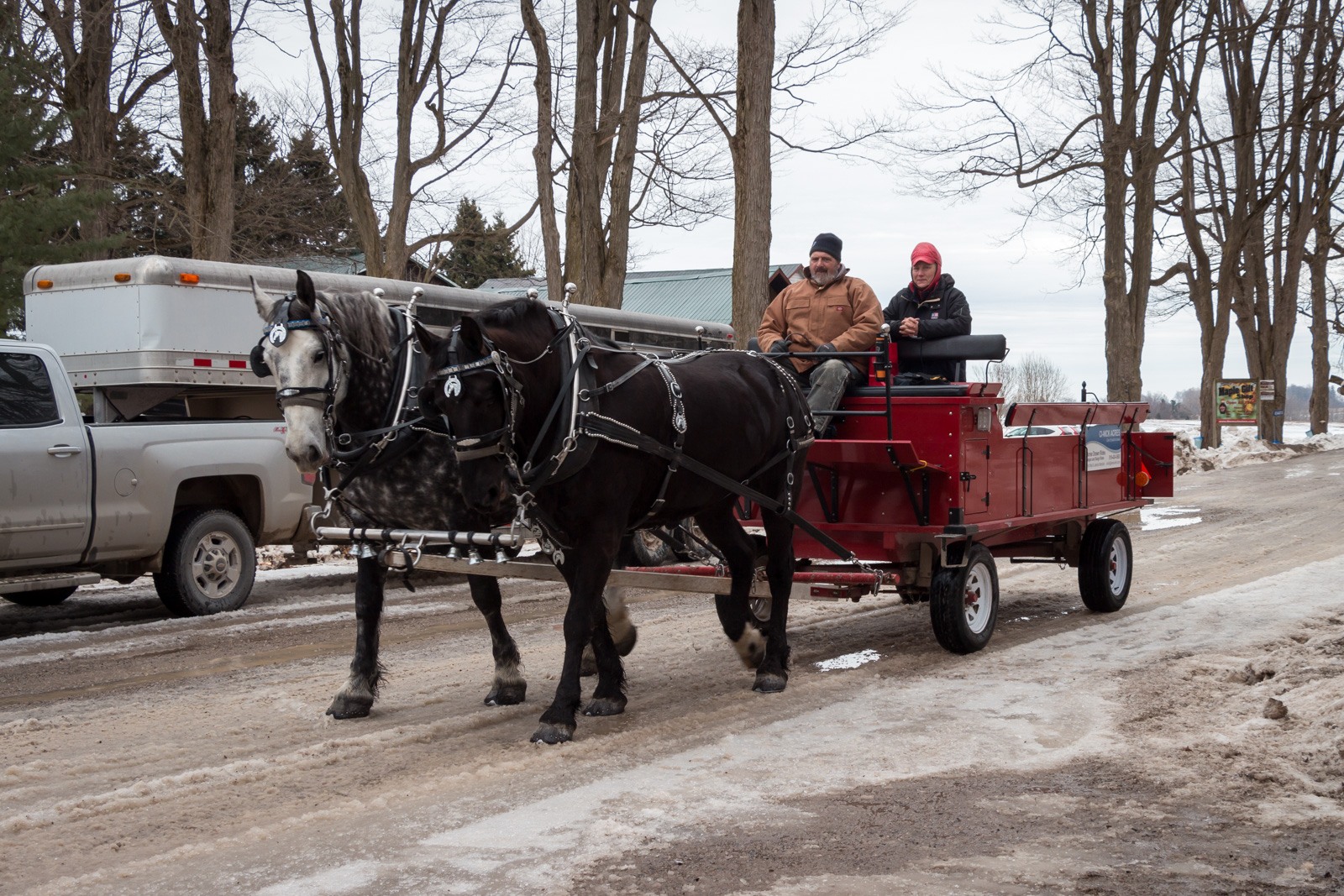Things are happening in Avalus’ new aquarium. Let’s join him to see what’s up today. (Note: The last photo in this post was omitted in error when first published. It has now been reinserted with my apologies to Avalus.)
Part 2 – Life in the Shell
The water in the new tank slowly clears up, the next plants and the filter are underway to my vendor and so it’s time to find a nice leaf lay down and relax.

Corydoras Panda enjoying the safety of a walnut leaf in my other tank. Yes, I have quite some green filament algae. ©Avalus, all rights reserved
In the new tank, we can see algae growing on the wood and producing oxygen. But their reign is short, they will soon be overgrown by sessile filament algae.




















